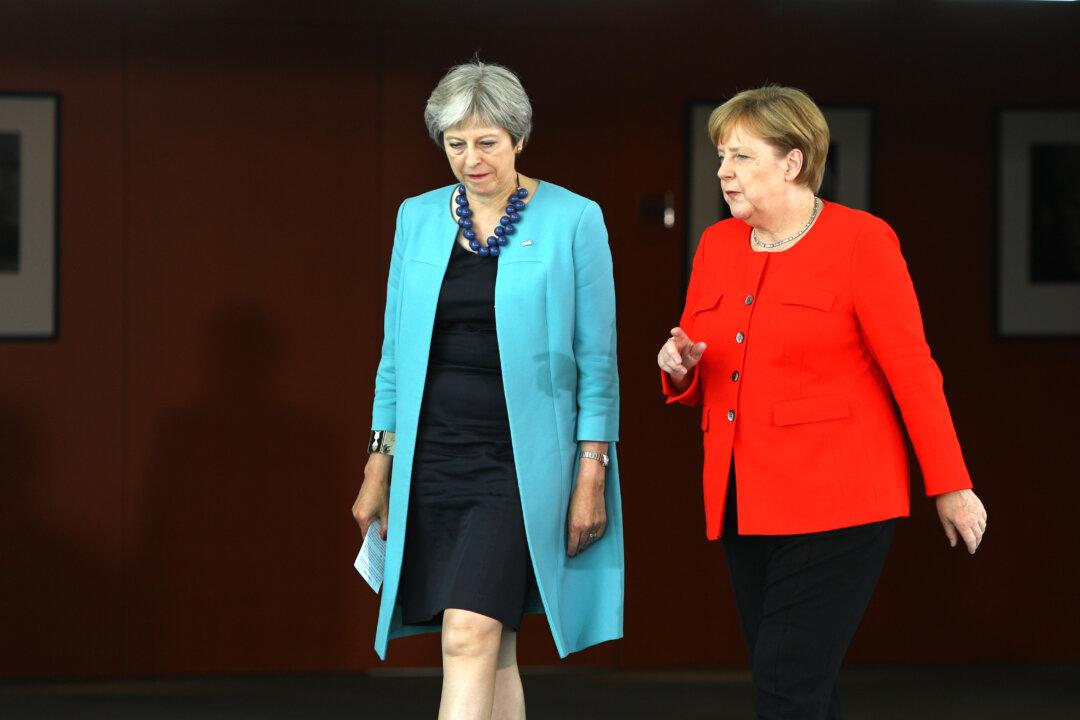Brexit talks between the EU and UK will start again on July 16, after Prime Minister Theresa May finally published the long-awaited details of her blueprint for Brexit.
May’s 90-page, controversial “soft Brexit” plan is seen by some as conceding too much control to the EU and may be rejected by lawmakers in the UK.





